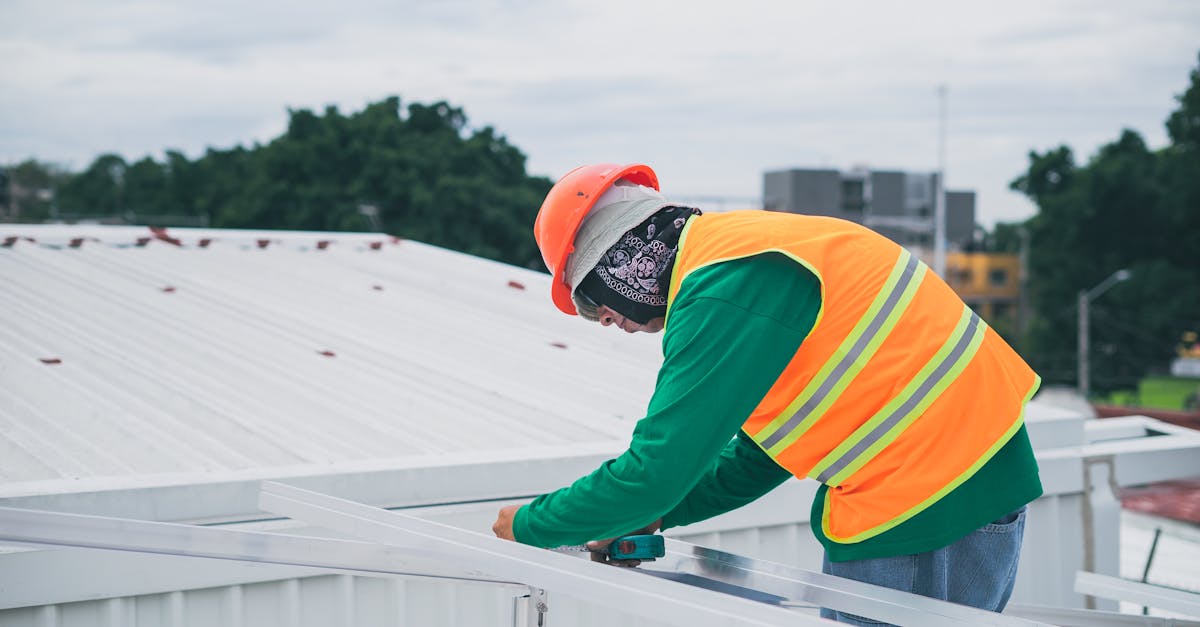Ceramic For Aluminum Roof Substitution Sydney

Table Of Contents
Ceramic For Aluminum Roof Substitution Sydney
When considering home improvements, one area that often requires attention is the roof. A sturdy and aesthetically pleasing roof not only enhances the overall appearance of a home but also adds significant value to the property. Consequently, many homeowners in Sydney are exploring options like tile or ceramic for metal or aluminum roofing replacement. The decision to switch materials comes with the necessity of getting Roofing Estimates Sydney, enabling homeowners to make informed choices that fit their budget and style preferences.
The roofing market in Sydney offers a variety of options, with tile and ceramic roofs becoming increasingly popular for their durability and visual appeal. As homeowners plan their roofing projects, understanding the costs involved is vital. This is where obtaining accurate roofing estimates sydney plays a crucial role. By comparing the prices and services of different contractors, individuals can ensure they are making sound investments in their home's future while achieving the desired aesthetic and functional benefits of new roofing materials.
Advantages of Switching to Slate Roofs to Aluminum
Switching to tile roofing for steel offers several benefits for homeowners. One advantage is durability. Metal roofs are known for their ability to withstand harsh weather conditions, like heavy rain, snow, and strong winds. This robustness results into a longer lifespan compared to traditional tile options. Additionally, steel roofs are more lightweight, making installation easier and more cost-effective for homeowners.
Another pro of changing to steel roofing is energy efficiency. Aluminum roofing reflect sunlight, which can help decrease cooling costs during hot summers. Such reflective properties also assist to lower energy bills, and they also support a more comfortable indoor environment. Additionally, many metal roofing options are designed to be environmentally friendly, making a more eco-conscious choice for homeowners looking to improve their home's sustainability.
Reasons Changing from Metal Roofing in New South Wales
Changing from aluminum roofs represents an notable step for property owners in Sydney. The kind of roofing offers improved longevity to withstand harsh weather conditions, which is crucial in this climate. Moreover, aluminum roofs demand less maintenance, saving homeowners time and money during the years.
An additional advantage of transitioning from aluminum roofing lies in their ability to save energy. Metal roofs reflect heat effectively, which can help in reducing air conditioning costs during the hot summer months in Sydney. Furthermore, metal roofs are environmentally friendly, often made from recycled materials and being fully recyclable at the end of their lifespan. Such combination of benefits makes this option to change to aluminum roofing a prudent investment for property owners in New South Wales.
Typical Problems When Replacing Tile Roofs to Steel
Replacing slate roofing to aluminum can pose several issues for homeowners. An initial problem is the weight difference between slate and aluminum materials. Slate roofing are generally heavier, which may require adjustments to the existing roof structure to ensure the roof can support the new material. Additionally, the conversion from one roofing type to another often requires compliance with local building codes, which can add difficulties to the project.
Another frequent problem involves the potential for leaks or gaps during the installation process. Metal roofs require precise fitting and sealing to prevent water infiltration, which can lead to damage down the line. Improper installation techniques may not only compromise the roof's integrity but also lead to higher maintenance costs. In addition, the shift in roofing style may also affect the home’s overall aesthetic, prompting residents to evaluate their choices carefully before proceeding.
How to Overcome Problems of Roof Upgrade
Transitioning to a metal roof after a ceramic roof can present various issues. A primary concern is a strength of the existing framework. Prior to the installation, it is essential to evaluate the condition of the underlying structure. Recognizing weaknesses in the frame can lead to setbacks during the replacement process. Conducting necessary reinforcements can ensure a smooth transition to the new roofing material.
A significant issue that may arise is the adaptation of the roof's layout. Metal roofing systems can differ greatly in style compared to ceramic roofs. Homeowners should consider how the new roof will integrate with the overall look of their home. Thoughtful planning and consultation with roofing professionals can help in selecting a style that complements the existing structure. Such steps can considerably enhance both the efficiency and aesthetic appeal of the home.
Understanding Implementation Process for Slate to Steel Roofing Replacement
Transitioning the tile roofing with aluminum can be one crucial renovation project. The fitting procedure involves detailed organization as well as a right materials. Initially, a old roofing must be safely removed, which guarantees a strong foundation for the aluminum roofing.
Afterward, a fitting of new aluminum roofing can begin. Such procedure involves placing each aluminum panels onto the ready system. Proper sealing and fastening are critical to guarantee moisture resistance and longevity. Finally, a final inspection takes place crucial to confirm all elements are fitted accurately.
Detailed Guide of Tile to Metal Process
Switching a tile roof to a metal roof can seem daunting at first. Nonetheless, by following a detailed overview, the process is easier. First, it is important to assess the existing tile roof for any problems or vulnerabilities. Subsequently, carefully remove the tiles while ensuring the underlying structure remains unharmed.
After the tiles are removed, installing the metal roofing needs proper preparation of the decking. The step involves placing a moisture barrier to protect the roof from water damage. Then, the metal panels can be fastened to the roof structure with the appropriate fasteners. In conclusion, it is vital to ensure all seams are sealed properly to avoid leaks. Finishing the project involves a thorough inspection to guarantee everything is installed correctly.